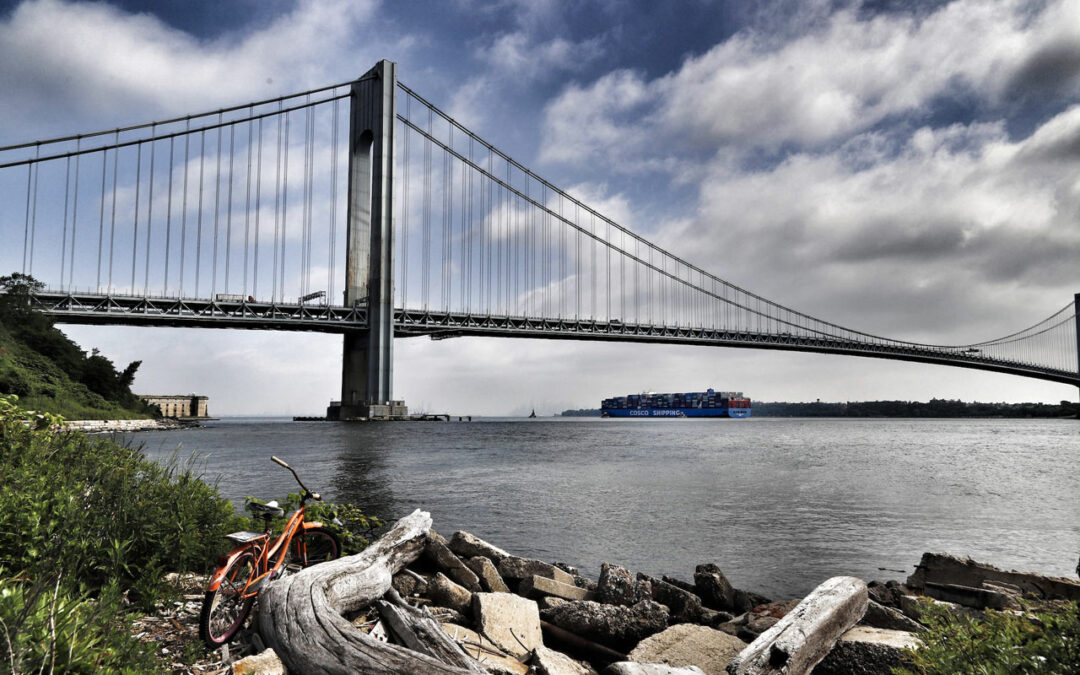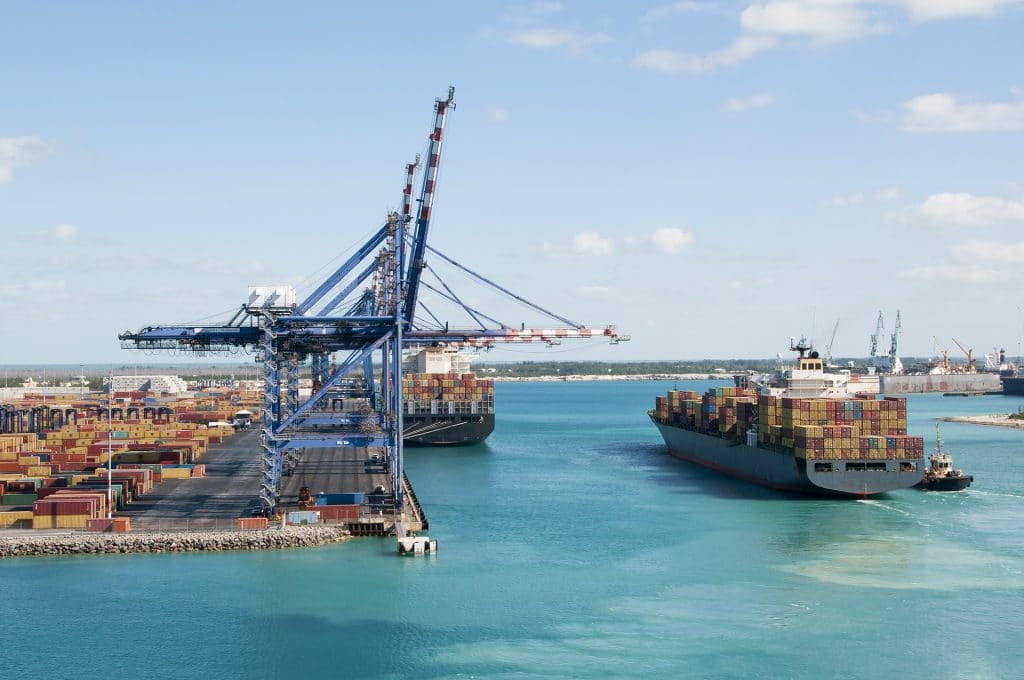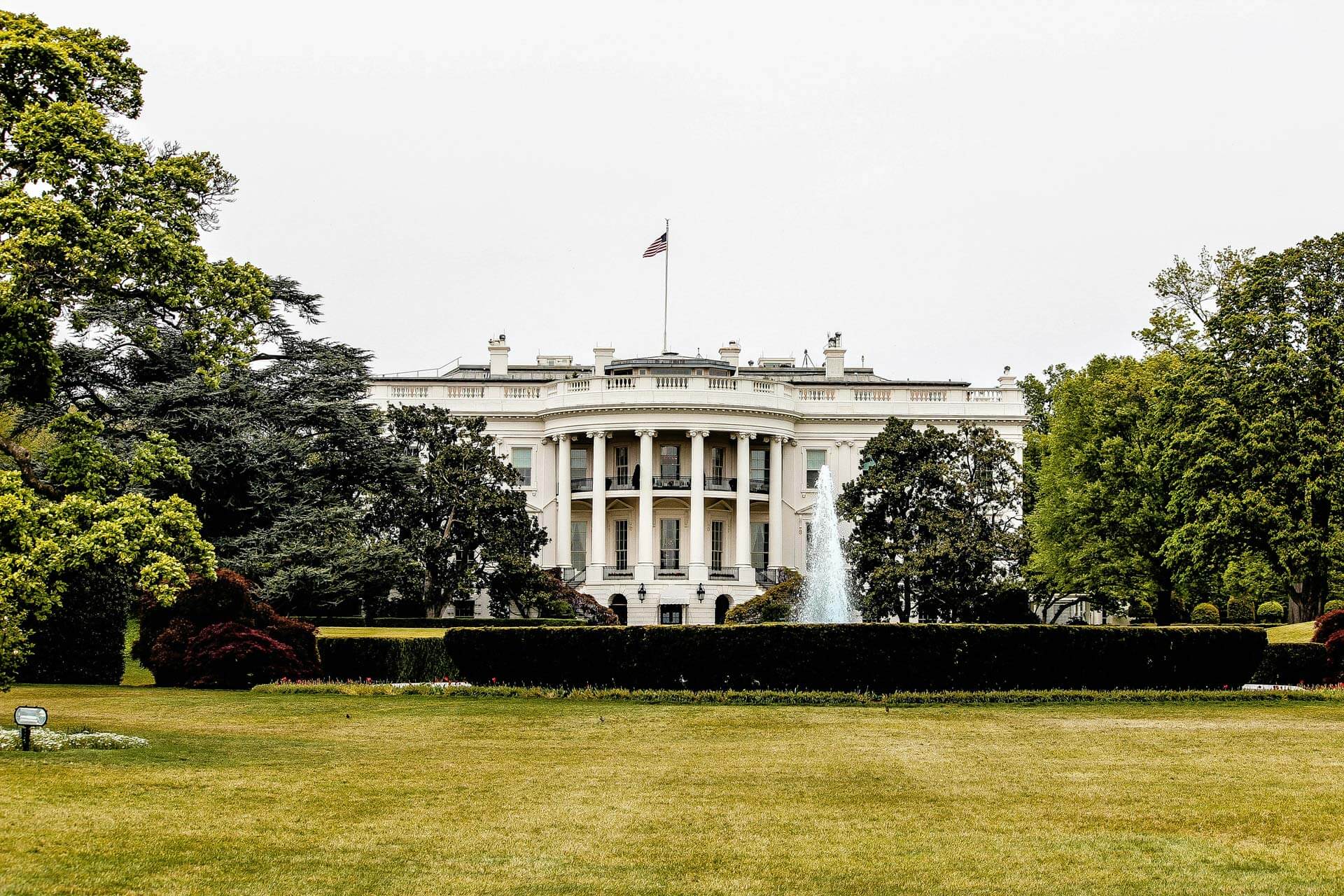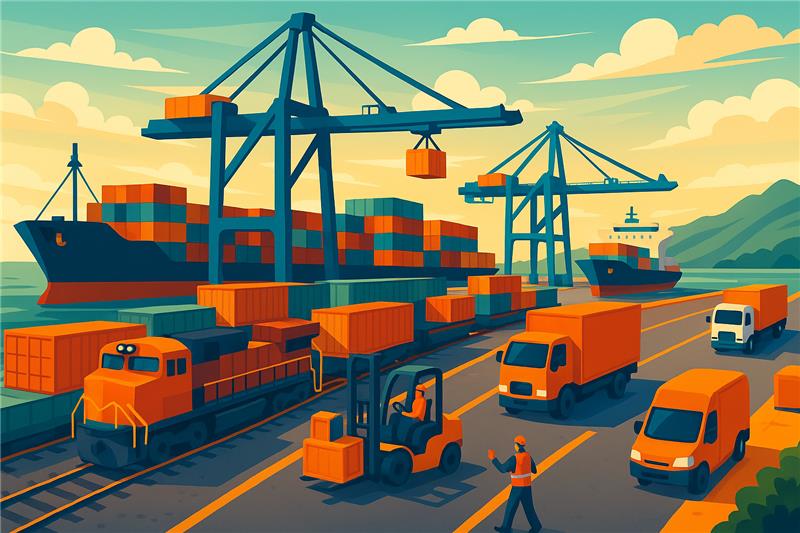This week:
- After the import surges of 2022 and the transition of cargo to East Coast ports, the East Coast is still seeing elevated cargo volumes while the West Coast dips back to pre-pandemic volumes
- Trans-Pacific schedule reliability to continue improving through the first half of 2023
- Port of New York-New Jersey begins sharing operational data with truckers to improve empty container return processes and port efficiency
- China’s share of 2022 US imports dropped to a 16-year low as importers looked elsewhere
- USMCA panel sides with Mexico and Canada over a disagreement regarding the interpretation of vehicle regional value content calculations.
East Coast Container Imports Continue to Exceed Pre-Pandemic Levels
East Coast container imports are still well above pre-pandemic levels as the rest of the nation’s ports begin to return to similar import rates seen before 2020, showing that the East Coast is holding onto its share after the pandemic’s import spikes. After the supply chain peak 12 months ago, many ports are seeing year-over-year slides, with the Port of Los Angeles reporting a 9% year-over-year drop in container imports for December and a 6% drop from pre-COVID December 2019.
The combined imports for the Los Angeles and Long Beach ports dropped 15% in December compared with December 2019, while the Port of Oakland dropped 19% and Seattle/Tacoma dropped 20% across the same period. On the East Coast, however, the Port of Charleston’s imports were up 28% compared to December 2019, with Savannah up 26% and Virginia 21%.
For a more comprehensive look at the move towards East Coast container imports, the inbound volume of the top East and Gulf Coast ports in December was 54.9%, while the West Coast handled 45.1%. Before the pandemic, these figures were reversed, with the West Coast taking 55% of the total import volume share.
Sign up to Receive JMR’s Supply Chain News Roundup, Delivered Directly to Your Inbox Weekly
Data Shows Improved Trans-Pacific Schedule Reliability in 2023
Carriers in the Asia-America market are seeing improved trans-Pacific schedule reliability and on-time performance as consumer spending slows, reducing the quantity of Asia imports to America. From November to December last year, vessel schedule reliability to the West Coast increased by 0.6% to 41.2%. In terms of a year-over-year increase, trans-Pacific schedule reliability to the West Coast in December 2022 sat 31.4 percentage points higher than the 9.7% of December 2021.
On the East Coast, schedule reliability increased by 1.7% from November to December to 37.2%, an increase of 18 percentage points from December 2021’s 19.1% on-time performance. Carrier on-time performance is expected to keep improving through the first half of 2023 as US consumer spending drops.
NY-NJ Shares New Data to Help Truckers Make Empty Container Returns
The Port of New York-New Jersey is following the lead of the Federal Maritime Commission by sharing more of its operational data. Many of the port’s terminal operators, including APM Terminals, have started sharing more terminal data with truckers to improve the process for truckers returning empty containers.
APM’s Elizabeth facility is providing truckers with data on which types of empty containers the terminal accepts on specific days based on line and equipment type as part of their appointment dashboard.
With access to the new data, truckers calling into New York-New Jersey can now complete more double moves, delivering an empty before picking up a full import container which subsequently helps terminals to clear empties, improve port efficiency, and reduce dwell times.
Share of US Imports from China Reaches 16-Year Low as Importers Source from Elsewhere
China still dominates the market share of US imports. However, in 2022, that share fell to its lowest level since 2006. The 2022 Chinese share of US imports came in at 40.7%, dropping from 42.4% in 2021. The decrease comes as a result of efforts from US importers working to reduce the chances of further pandemic-related disruptions by moving production closer to consumers or by importing from other countries in Asia, such as Vietnam, South Korea, and India.
The main industries moving away from China include clothing importers and companies importing furniture, home goods, sports equipment, toys, and electronics. Although total US containerized imports in 2022 increased by 0.3%, the total number of imports from China fell by 3.7%, equivalent to 435,500 TEU.
From 2021 to 2022, Vietnam’s US import market share rose from 8.2% to 8.7%, South Korea’s from 3.8% to 4.1%, and India’s from 3.8% to 3.9%. Additionally, Mexico has benefitted due to importers looking to nearshore their import sources. Estimates show that via truck, rail, air, and ocean, the total value of Mexican imports increased by 19.2% year-over-year in 2022, excluding December.
Mexico and Canada Challenge US Interpretation of Automotive Origin Under the USMCA
On December 14, a USMCA (United States-Mexico-Canada Agreement) panel ruled against the United States regarding its position on specific automotive rules of origin outlined by the USMCA. The panel sided with Mexico and Canada that the US had imposed additional requirements not covered in the USMCA and that its strict roll-up provisions and calculation methodologies for originating core parts in vehicle regional value content (RVC) were also inconsistent with the agreement.
The disagreement between the three parties revolved around how an automotive producer can determine the RVC status of a passenger vehicle or light truck under the USMCA. Vehicles given RVC status under the USMCA then receive preferential tariff treatment. Canada and Mexico argued that producers could determine the RVC of a finished vehicle using a variety of methodologies where the RVC rating of truck and car parts, along with the roll-up of originating core parts, is included in the finished vehicle RVC calculation.
The US disagreed that these methodologies were allowed in the outlined context, considering the overall vehicle RVC calculation separate from any core parts RVC calculations. Under the US interpretation, the US then sent alternative staging regimes (ASRs) to manufacturers, permitting them to import vehicles into the US under a different set of requirements than those outlined by the USMCA.
The USMCA panel found that the US, in its distribution of the ASR letters, imposed requirements on producer-applicants outside of the USMCA agreement regarding the calculation of RVC scores and whether a vehicle was considered as originating. The panel also found that the US interpretation of the USMCA agreement was inconsistent and went outside the agreement.
The parties have a 45-day period to agree upon a resolution, after which Mexico and Canada can suspend application of benefits until a resolution is reached.
Featured Photo Credit
(Source: Bernd Dittrich | Unsplash)






